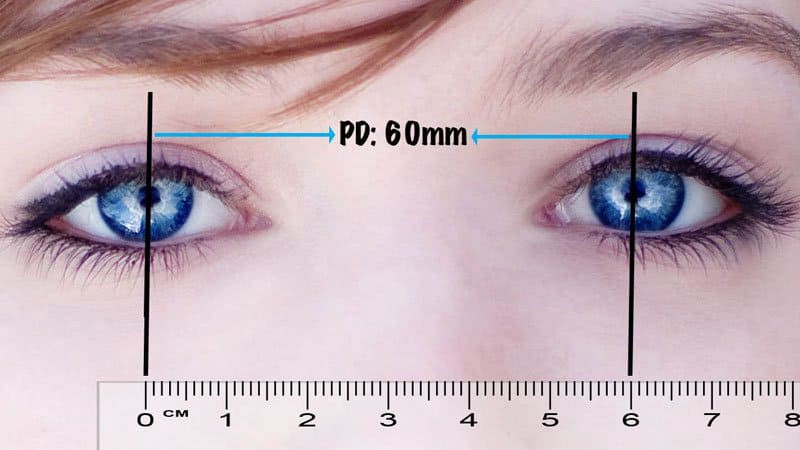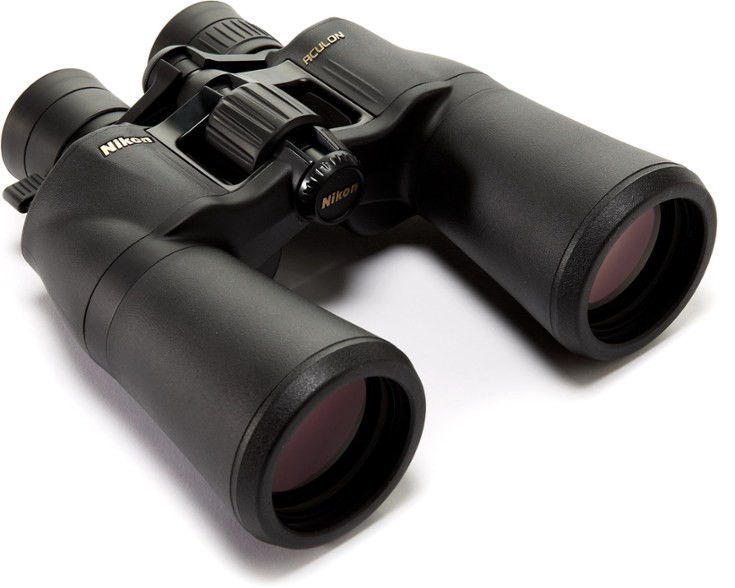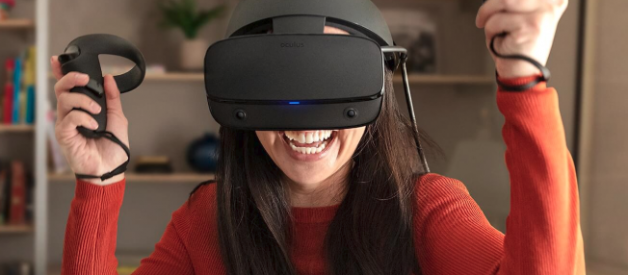Pupillary distance or interpupillary distance (IPD) is the distance measured in millimeters between the centers of the pupils of the eyes. Everyone is different and the value changes based on whether you?re looking at something close up or far away. But why does this matter to the virtual reality participant?
 Image courtesy of https://endmyopia.org
Image courtesy of https://endmyopia.org
Even if you?re not into virtual reality, you may be familiar with IPD as it is important in the positioning of the lenses in your eyeglasses.
The optical center of the lenses must be positioned correctly in relation to the center of your pupils or undesired results can ensue; such as eye fatigue and headaches.
The further your eyes shift from the optical center of the lens, the more the light hitting your retinas is going to be bent in various ways that aren?t going to be ?right? ? and this is what causes the aforementioned issues.
What?s even more crazy is that when you?re looking at something far away your IPD is greater than when you?re focused on something closer; your IPD is dynamic by a couple of millimeters.
Now that we have an idea what it is (a variable distance different on everyone) and why it matters (your well being!) ? let?s apply this to virtual reality.
Much like your eyeglasses or even binoculars, each eye is looking through a separate lens. Your optometrist takes care of your glasses and quality binoculars actually allow you to adjust that distance between them.
 Even binoculars let you adjust for IPD.
Even binoculars let you adjust for IPD.
You would rightly assume that all virtual reality systems out there would allow you to adjust the lenses to match the wearer?s IPD.
? and you would be wrong.
Amazingly, popular VR headsets like the Oculus Rift S and the recently-departed GearVR do not have hardware-based IPD adjustment solutions ? meaning there is not a little slider or knob you can manipulate to move the lenses closer together or farther apart. Many WMR headsets also suffer this omission.
In some cases, the virtual reality device promises ?soft IPD adjustment? ? where the screens themselves are offset when rendered to adjust for your IPD.
Let?s look at the ?flagship? VR headset ? the Oculus Rift S as an example.
 She must have an IPD of 64mm ?
She must have an IPD of 64mm ?
Out of the box, the Rift S has a fixed IPD of 63mm. The average IPD for humans is 64mm, with a range of 54 to 72mm. Sounds reasonable.
Unless you?re one of the 30% that fall into the outer ranges that will be adversely affected while using it.
By the way, that includes me; I?m about 70mm ? which is why I didn?t buy a Rift S.
Oculus founder Palmer Luckey said that Rift S? optics are ?perfect for a perfectly average person,? but ?anyone close will deal with minor eyestrain problems that impact their perception of VR at a mostly subconscious level.? He also went on to note that software IPD will not solve most of the issues of the Rift S (which is also suffered by the Oculus Go and many other VR units, by the way).
Even if software-based IPD adjustments did the trick, there is a great advantage to having hardware-adjustable IPD; fast, easy adjustment when sharing the headset.
After all, what?s more fun than playing VR alone? Being in a room of people sharing the VR experience. Being able to quickly adjust the IPD settings on a per-player basis is an amazing feature. It is very fortunate that Oculus brought hardware adjustment of IPD to the Quest (which is the ultimate party favor in my book).
I?ve also found that different games feel better by slightly adjusting the IPD from the ?normal? setting I play on; I shorten the IPD distance for games where I focus ?close up? versus far away. It shouldn?t matter, right? After all, the screens themselves aren?t closer or further away ? but I swear it makes a difference.
I?d like to conclude this article by saying that IPD variables affect different people differently. If you?re low myopia, no astigmatism correction, the IPD variation isn?t that huge of a deal. Some people have a higher sensitivity than others to variations even without those factors. Personally, I?m very affected by short IPD values; it brings on head pain, eye strain and even nausea due to the way virtual reality plays with 3D distances and perceptions.
Are you into virtual reality? Do you suffer when IPD settings are off? Share your experiences below with my readers.


